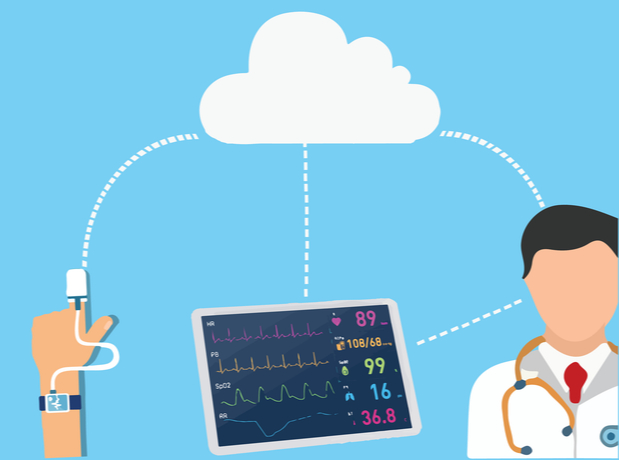Remote patient monitoring is touted as among the most cost-effective available resources for managing chronic care. Yet, the reality is that current remote patient monitoring systems produce limited patient data, rendering them less efficient and often less accurate.
This is especially true for patients with chronic illnesses that require regular follow-up visits to a physician. Patients can get better patient care when providers know their specific medical histories and conditions, but such information is difficult to obtain through traditional sources. This is where remote patient monitoring helps.
Many traditional medical providers have switched from using hospital-based EMR (electronic medical record) devices to remote patient monitoring, in part because these devices are cheaper and easier to use. Some providers also find it more convenient to provide such services to their patients; since EMR and CRM (clinical resource planning) software programs are expensive and time-consuming to maintain, remote patient monitoring can free such providers up to focus on more important matters.
The advantages of using a web-based program also make the service more convenient: although the patients have to travel to their doctors’ offices, they can still access their records via the internet at any time, as long as they’re signed up to a service provider.
Many patients, meanwhile, appreciate the affordability of remote patient monitoring and the way it helps them manage their chronic diseases more effectively. When someone has to take frequent trips to the doctor, for example, she or he may not be able to make the necessary visits on a regular schedule. That’s why routine preventive care is so important for people with chronic diseases: by avoiding potential health emergencies, they can keep their condition in good condition.
By monitoring their vital signs regularly, health professionals can see when these conditions worsen or remain stable, and determine whether a patient requires additional treatment or not. Remote patient monitoring helps ensure that medical professionals can respond quickly to these conditions, thus enabling them to provide better care for patients and improve the overall healthcare costs for all patients.
Although the advantages of this new kind of patient information monitoring may seem few, the benefits of it are too many to be ignored. The use of electronic patient records offers two distinct advantages over the older method of paper-based records. The first is obvious: remote patient monitoring eliminates the need for patients to travel to their doctors’ offices to pick up their prescription medicine.
This saves healthcare costs for both sides: the healthcare provider doesn’t have to pay to supply medicine to patients, and the patients don’t have to buy prescriptions from the local pharmacy. The second advantage is related to the first: by eliminating the need for patients to visit their doctors, those who need regular therapy can get that therapy either at a hospital or in their own home, at a lower cost than it would have been possible with the old dispensing system.
Although the new technologies offer significant advantages to both sides, both healthcare providers and patients should be aware of the trade-offs inherent in remote patient monitoring. Because of the need for physicians to travel to doctors’ offices to refills and monitor vital signs, some patients will be dissatisfied with not receiving immediate treatment when they need it. Other patients may be less comfortable monitoring their health unless they are given explicit instructions as to what to do, for fear of repercussions if they don’t act on those instructions.




